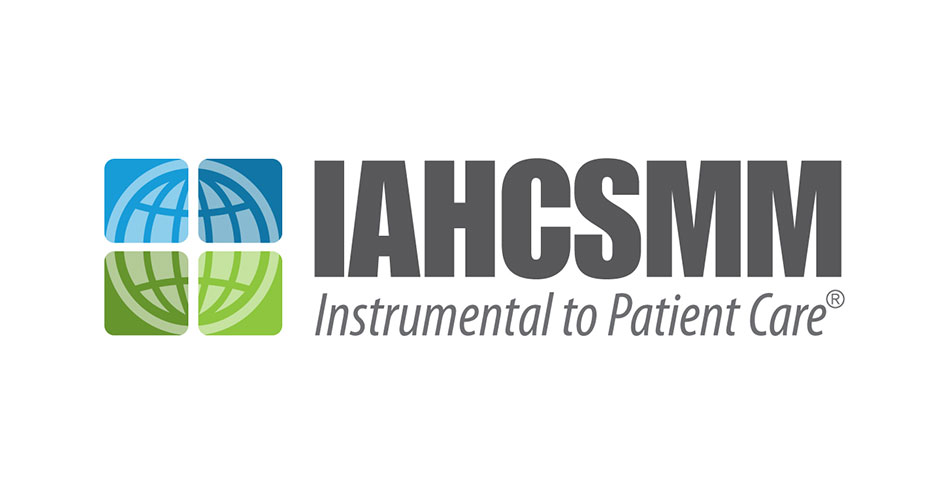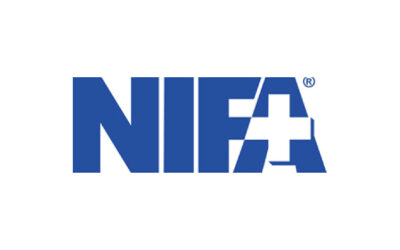But Don’t Exclude Sterile Processing from Key Discussions
By David Taylor, MSN, RN, CNOR
 Ancient papyrus revealed Egyptian medical practice was highly advanced and doctors performed the first surgery more than 3,500 years ago (2750 BC).[1, 2] Since then, medicine has seen significant advancements, but none like we are poised to see over the next decade. As the technology sector had merged with medicine, significant advancements have been made in computing, artificial intelligence (AI), machine learning (ML), sensors, robotics and genomic sequencing – and it is touching all aspects of human health. The convergence of these technologies and its integration with medicine aspires to change and even eliminate disease as we know it.[3]
Ancient papyrus revealed Egyptian medical practice was highly advanced and doctors performed the first surgery more than 3,500 years ago (2750 BC).[1, 2] Since then, medicine has seen significant advancements, but none like we are poised to see over the next decade. As the technology sector had merged with medicine, significant advancements have been made in computing, artificial intelligence (AI), machine learning (ML), sensors, robotics and genomic sequencing – and it is touching all aspects of human health. The convergence of these technologies and its integration with medicine aspires to change and even eliminate disease as we know it.[3]
Not long ago, patients were admitted to the hospital days or even weeks before surgery. Those procedures often required large incisions and weeks of recovery. Today, cutting-edge technologies (laparoscopic/minimally invasive procedures) and advances in anesthesia allow many patients to arrive the morning of their surgery and be discharged home far more quickly, often within hours after their procedure. Those patients also experience far simpler recoveries due to these advancements.
The not-so-distant future of surgery will offer amazing collaborations that will include advanced robotics. NASA has been working with a U.S.-based medical company to develop a robot weighing 0.4kg, which can be placed inside a patient’s body (through the umbilicus, while the patient is in space), and controlled remotely by a surgeon from planet earth.[4] And it is not just NASA looking at cutting-edge technologies. Dr. Rafael Grossman, MD, FACS, a surgeon, educator and health care futurist who practices in Maine, was part of a team performing surgery using medical virtual reality (VR). He was the first doctor to use Google Glass live in surgery and is an outspoken proponent for innovative technologies and applying those technologies to improve the quality of care.[5] Advanced technologies and the willingness of providers and health systems to employ them for patient care can elevate the precision and efficiency of surgeries. When looking at the growth in the advanced surgical technology segment, it’s little surprise that surgical robotic sales are expected to nearly double to $6.4 billion.[6]
Ensure SP professionals have a seat at the table
Before adopting advanced surgical technology, however, it is essential that health care organizations take into consideration all departmental stakeholders that will be affected by the change, including those in the sterile processing department (SPD). And because robotic technology will increasingly be used throughout health care facilities, not just in the operating room, it’s prudent that sterile processing (SP) professionals are part of those product evaluation and purchase decision-making processes if the technology or any of its components will require cleaning, disinfection or sterilization by SP technicians.
Although new technologies may produce tremendous efficiencies and increase surgical case volumes, all could be lost if leaders do not understand the time, equipment and other resources that may be needed behind the scenes to clean and sterilize these new products/technologies. Many of the nation’s SPDs are already under tremendous pressure to produce more with less, without jeopardizing quality and safety. Advanced technologies may require special equipment, training or more manpower to keep up with demand, so it’s essential to know all that early on and ensure the facility has the proper resources to ensure it can be used safely and effectively.
Conclusion
Technology will drive health care in more dramatic ways than anything we can imagine. In a time when every nation is experiencing shortages in health care providers and increased patient demand, advances in technology may be the only solution that extends a provider’s ability to reach more patients. Providing exceptional care to all those who need it will depend not only on providers but also on functional, dependable technology that enhances the patient care experience.
There is no telling where advanced technologies will be in our near future, but the prospects seem endless. Before health care organizations jump onto the advanced technology bandwagon, however, it will remain important to ensure all essential departmental representatives are part of the process when evaluating new solutions and determining whether purchasing and implementing them makes sense for the health care organization.
References
1. Ancient Egyptian medical knowledge revealed by 3,500-year-old texts https://www.cnn.com/2018/08/31/health/ancient-egypt-medical-knowledge/index.html
2. Ancient Egyptian Medicine https://www.crystalinks.com/egyptmedicine.html
3. Medicine Will Advance More in the Next 10 Years Than It Did in the Last 100 https://singularityhub.com/2016/10/26/medicine-will-advance-more-in-the-next-10-years-than-it-did-in-the-last-100/
4. Surgery in Space: Nasa helps develop matric-like robot that slips in through your belly button https://www.independent.co.uk/life-style/gadgets-and-tech/surgery-in-space-nasa-helps-develop-matrix-like-robot-that-slips-in-through-your-belly-button-9235573.html
5. Rafael Grossmann https://www.rafaelgrossmann.com
6. 9 Exciting Facts About Medical Robots https://medicalfuturist.com/9-exciting-medical-robot-facts/









